-

Pathogens & biodefense technology
Animation -

Chronic pain and its impact on life
Custom Imagery -
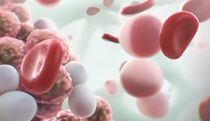
Malignant plasma cells
Custom Imagery -

Sleep apnea
Custom Imagery -

Monoclonal antibodies
Animation -
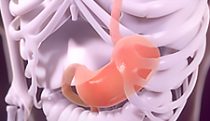
Medications for type 2 diabetes
Animation -
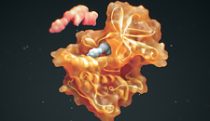
Tyrosine kinase inhibitor
Custom Imagery -
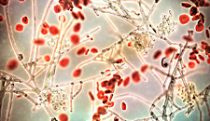
Fungal infection in the blood
Custom Imagery -

Microsphere technology
Custom Imagery -
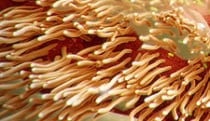
Bordetella pertussis
Custom Imagery -
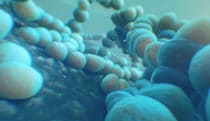
Neisseria meningitidis
Custom Imagery -
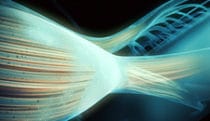
Dormant virus particles
Shingles -

Infected T lymphocyte
Custom Imagery -
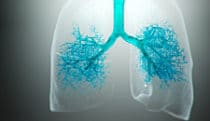
Progression of COPD
Custom Imagery -
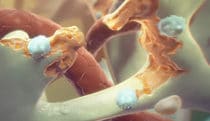
Osteoporosis
Custom Imagery -
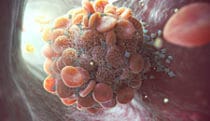
Thrombosis
Custom Imagery -
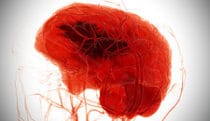
Hemorrhagic & ischemic stroke
Custom Imagery -

Brain anatomy
Custom Imagery